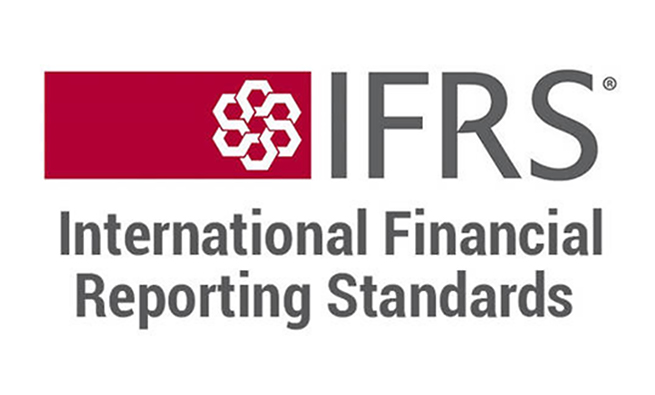
The Accounting Standards Board of Japan (ASBJ) is likely to delay the implementation of the new lease accounting standards from the originally planned fiscal year 2026 to 2027. ASBJ had indicated in May last year that the changes in lease accounting could be introduced as early as fiscal year 2026. Some executives of major shipping companies have expressed that, regardless of ASBJ’s application, the transition to the International Financial Reporting Standards (IFRS) will proceed, but it will take at least 2-3 years to prepare.
In response to inquiries by The Japan Maritime Daily, ASBJ stated, “Currently, the person in charge is not available, and we will respond by Tuesday” (Public Relations).
A significant change for the shipping industry is the lease accounting standard, which, like IFRS 16, requires the capitalization of all leases as right-of-use assets and lease liabilities.
In anticipation of this ASBJ draft, Japan’s major shipping companies, Nippon Yusen, Mitsui O.S.K. Lines, and Kawasaki Kisen, have disclosed estimates of charter liabilities in their mid-term management plans and financial results for the fiscal year ending March 2023.
As of March 2023, the estimated charter liabilities are approximately 700 billion yen for Nippon Yusen, about 900 billion yen for Mitsui O.S.K. Lines, and between 500 to 600 billion yen for Kawasaki Kisen. The total charter liabilities for these three companies are expected to be up to approximately 2.2 trillion yen.
As of the end of March 2023, the number of operating vessels (based on financial results) for these major shipping companies were: Nippon Yusen with 656 vessels (258 owned, 398 chartered), Mitsui O.S.K. Lines with 697 vessels (224 owned, 468 chartered, 5 operated under management contracts), and Kawasaki Kisen with 393 vessels (138 owned, 255 chartered).
Previously, Japan’s shipping industry was concerned about the increase in the DER (Debt Equity Ratio) due to the “on-balance” (capitalization of assets and liabilities) of time-charter vessels.
On the other hand, DER is calculated as interest-bearing debt divided by equity capital (shareholder equity). Normally, a DER of around 1xis considered healthy for a company.
The equity capital of these major shipping companies has increased significantly over the past three years. As a result, even with the introduction of IFRS and the on-balance treatment of time-charter vessels, some securities analysts believe that the DER can be maintained at “1-2 times.”
新リース会計適用、27年度以降へ。海運大手、「準備に2―3年は必要」
日本の会計基準を作る企業会計基準委員会(ASBJ)は新リース会計適用を従来の2026年度から27年度へ延期する見通しだ。ASBJは昨年5月、リース会計の変更について、早ければ26年度にも導入する見通しを示していた。一部の海運大手幹部は「(ASBJの適用の有無に関わらず)国際会計基準(IFRS)への移行は進めるが、準備に少なくとも2―3年はかかる」との見方を示した。
日本海事新聞の取材に対しASBJは、「現在、担当者が不在であり、火曜日までに回答する」(広報)とした。
海運業界にとって重要な変更となるリース会計基準の特徴はIFRS第16号と同様に、全てのリースについて使用権資産、リース負債を計上する点にある。
海運業界では今回のASBJの草案を見越し、日本郵船、商船三井、川崎汽船の海運大手3社は中期経営計画や23年3月期決算で用船料債務の概算を明らかにしている。
23年3月時点での用船料債務は日本郵船が7000億円、商船三井が約9000億円、川崎汽船が5000億―6000億円とそれぞれ試算。用船料債務は3社合計で最大2兆2000億円規模になる見込みだ。
23年3月末時点での海運大手3社の運航船(決算短信ベース)は日本郵船が656隻(自社船258隻、用船398隻)。商船三井697隻(自社船224隻、用船468隻、運航受託船5隻)、川崎汽船393隻(自社船138隻、用船255隻)。
過去、日本の海運業界は定期用船の「オンバランス化」(資産、負債計上)に伴い、DER(負債資本倍率)の上昇を懸念していた。
一方、DERは有利子負債を自己資本(株主資本)で割ったものが値となる。通常、企業の健全性とされるのはDER1倍前後とされる。
海運大手は過去3年間で自己資本が急増した。 結果として、現在、IFRSが導入され、定期用船がオンバランス化されてもDERは「1-2倍を維持できる」(証券アナリスト)との見方もある。